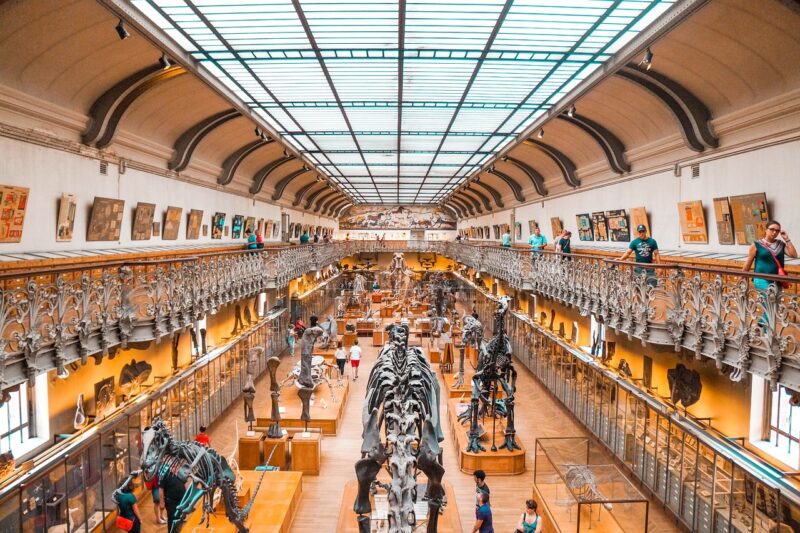How the Development of Roads Changed How Humans Connected and Traveled
November 17, 2024

Throughout human history, the development of roads has played a crucial role in shaping how people connect, communicate, and travel. From early footpaths to modern highways, roads have been more than just physical pathways; they have facilitated trade, migration, and cultural exchange. In this article, we will explore the evolution of roads, their impact on human civilization, and how they continue to shape our world today.
1. The Earliest Roads and Their Significance
Roads date back to prehistoric times when humans created paths to connect different resources and territories. The oldest known road is the “Sweet Track” in England, constructed around 3800 BC. These early roads were primarily created for foot traffic, facilitating hunting, gathering, and trade between tribes.
1.1. Footpaths to Overland Routes
Footpaths were vital for connecting communities. As populations grew and agriculture developed, the need for more efficient transportation grew. Overland routes, often marked by the movement of livestock and trade goods, expanded across regions, connecting villages and leading to the creation of early trade networks.
2. Ancient Civilizations and Road Building
With the rise of ancient civilizations, particularly in Mesopotamia, Egypt, and the Indus Valley, roads evolved significantly. The establishment of structured roadways marked a turning point in human connectivity.
2.1. Roman Engineering and the Roman Road Network
One of the most remarkable achievements in road construction came from the Roman Empire, which developed an extensive network of roads stretching over 250,000 miles across Europe. Roman roads were engineered to be durable and accessible, constructed with layers of materials to ensure longevity.
These roads facilitated:
- Military Mobility: Rapid troop movements facilitated the expansion and defense of the empire.
- Trade and Commerce: Enhanced trade routes allowed goods, cultures, and ideas to flow freely across the empire.
- Cultural Exchange: Roads enabled the movement of people and ideas, fostering cultural diffusion and integration.
The saying “All roads lead to Rome” underscores the importance of these thoroughfares which played a critical part in uniting diverse regions under a single empire.
3. The Middle Ages and the Evolution of Roads
Following the decline of the Roman Empire, road maintenance diminished in Europe, leading to a period of disarray. However, roads remained essential for local travel and trade, particularly as feudal systems began to emerge.
3.1. Development of Trade Routes
The growth of towns and trade fairs revived the significance of roads. Key trade routes such as the Silk Road emerged, connecting the East and the West. These routes facilitated not only the exchange of goods, like silk and spices, but also ideas and technologies, influencing cultures globally.
4. The Industrial Revolution: Transforming Transport
The 18th and 19th centuries saw significant advancements in road construction, driven by the Industrial Revolution. The mass production of goods necessitated better transportation systems.
4.1. Paving the Way
Innovations like macadamization (the process of building roads using crushed stones) led to the creation of smoother, more durable roads. This development transformed the way goods and people traveled, leading to:
- Faster Transportation: Horses, carriages, and eventually motor vehicles could travel more quickly and comfortably.
- Increased Trade Opportunities: Enhanced road networks opened up markets, increasing economic activity and growth.
- Urbanization: Improved roads encouraged the growth of cities, as people migrated for jobs and opportunities.
5. Modern Roads and Global Connectivity
Today, road systems have expanded and evolved into an intricate web of highways and byways across the globe.
5.1. The Role of Roads in Globalization
In this age of globalization, roads play a crucial role in connecting economies, cultures, and communities. Modern highways allow:
- Rapid Movement of Goods and People: The logistics industry thrives on road transport for the distribution of goods.
- Technological Advancements: Innovations such as GPS and smart traffic systems enhance travel efficiency and safety.
- Sustainability Efforts: New discussions focus on eco-friendly transportation methods, such as electric vehicles and public transport systems.
The development of roads has profoundly impacted human connection and travel, making the world more accessible.
6. The Future of Roads and Transportation
Looking ahead, the future of roads will be defined by new technologies and sustainable practices. Key trends include:
6.1. Smart Roads
Smart technology will revolutionize road usage, with features like:
- Real-time Traffic Management: Traffic signals that adjust based on real-time conditions to improve flow and reduce congestion.
- Vehicle-to-Infrastructure Communication: Future vehicles will communicate with road systems, enhancing safety and navigation.
- Automated Tolling Systems: Advances in technology will streamline road usage payments, reducing wait times at toll booths.
6.2. Sustainable Road Construction
Sustainability will drive future road construction practices, with a focus on using recycled materials and reducing the carbon footprint of road networks.
6.3. Autonomous Vehicles
The rise of autonomous vehicles will reshape how we anticipate road usage, potentially leading to safer roads and decreased congestion as technology evolves.
Conclusion
The development of roads throughout history has been instrumental in enabling human connection, trade, and cultural exchange. From simple footpaths to complex global networks, roads have shaped the way societies grow and interact. As technology advances, the focus will shift towards sustainability and smart development, ensuring that roads continue to facilitate connection and travel in an eco-friendly manner. As we look to the future, roads will remain vital to how we navigate our world, further bridging distances and linking humanity in our quest for connection and exploration.





